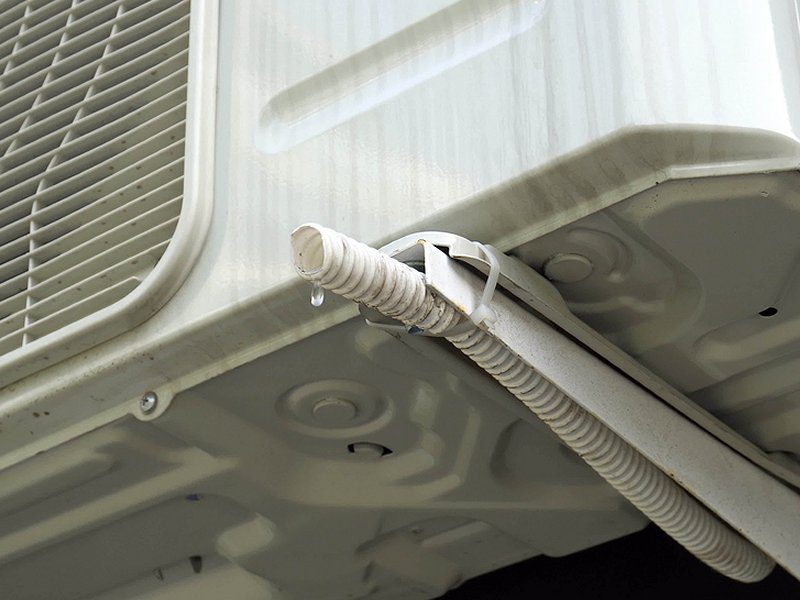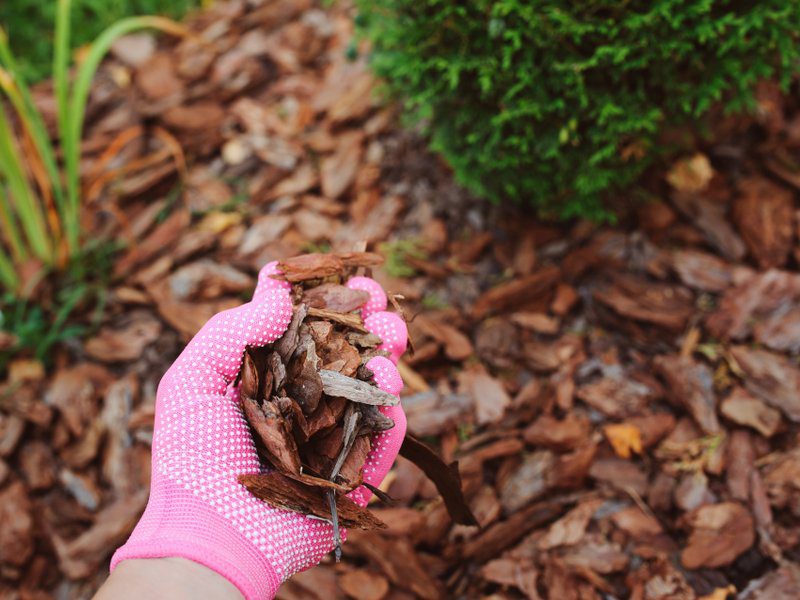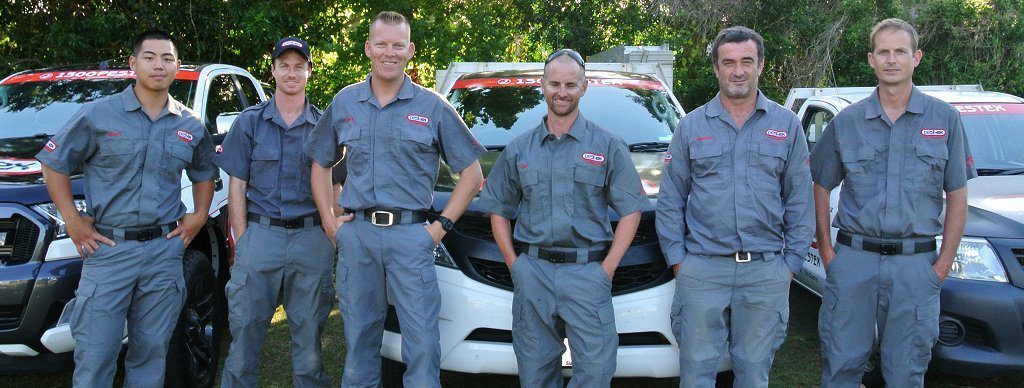
Got a Pest Problem? Call Us Today →

“What attracts termites to a house? As a homeowner, we do our best to ensure we take care of our property, but we’d like to know if there’s anything we should be mindful of.”
 This is a great question Linda. A lot of homeowners do things around their home unknowingly that eventually leads to extensive, and costly termite damage. To avoid making these mistakes, follow the advice below.
This is a great question Linda. A lot of homeowners do things around their home unknowingly that eventually leads to extensive, and costly termite damage. To avoid making these mistakes, follow the advice below.Termites typically inhabit the top 30 cm of soil, constantly on the move in search of food and moisture. Chances are, you might be providing sources of food and moisture without even realising it. When termites finds a good food source, thousands will follow, and you’ll quickly have a very serious problem on your hands.
Think of it like this. Your home is major food source for termites, and once they’re present on your property, they’ll look for entry points in search of timber to consume. Having regular inspections for termites performed, and reducing factors around your home that make it conducive for them, will make your house less attractive to termites.
You can do a lot to prevent termites by making a few simple changes around your property. Of course calling us in to assist you is always recommended, but that aside, here’s a few key notes you need to be aware of.

Moisture is the number one thing that attracts termites to your home. We can almost guarantee that if you have a water leakage problem in your bathroom, vanity or shower, or a plumbing problem under your slab or against the outside walls, you’ll soon have termites – if you don’t have them already. Check your property for any signs of leaks, or sources of moisture, both inside and out.
Other sources of moisture that may not be so obvious occur on the outside walls, such as an air conditioning unit. Water that drips from the overflow pipe of an air conditioner is a familiar source of moisture – notably, in summer. As a precaution, we recommend that air conditioners be plumbed into your down pipes so that the moisture is diverted. Also, make sure you direct all your down pipes into the storm water drain instead of the ground. You want to avoid water dripping against your walls edge at all costs.
While damp points in your home are an attractant, homeowners also need to consider if they’re providing termites with potential food sources, such as mulch.

Untreated, organic mulch mounded around your house is a significant draw card for termites. Mulch is essentially timber that’s breaking down, and they will devour it. When you place it around your house, you’re essentially surrounding your home with an attractant. Some homeowners also put newspaper or cardboard under the mulch, which makes the situation even worse. You’re not only providing food, but also a very moist environment for termites. When mulch comes into contact with your walls, it not only holds moisture, but it provides a convenient entry point to your weep holes or cracks within the concrete slab.
Similarly, you need to avoid placing grass clippings around your wall edges as a form of mulch. While the foliage won’t attract termites because it’s not a timber source, it will trap moisture, and this can lead to further issues.
All timber is a great food source for termites, so any wood on your property has the potential to attract them. This includes timber steps that come into contact with the ground, fencing or retaining walls. Using hardwood timber railway sleepers has become a popular material to use for retaining walls. They may achieve an attractive rustic look, but you’re inadvertently inviting termites to move in if you have them on your property.

The placement of timber around your property can also increase the risk of termites invading your property. Having firewood stored near your home is convenient, but many homeowners place it up against the edges of their homes, which can cause issues. When termites discover the stored timber, they’ll begin to feed on it and soon thousands of others will follow. The termites will naturally start to search for other food sources, and because the timber is placed up against the property, they’ll soon find an entry point. This may be through the wall, through a weep hole, within a crack in the brickwork or concrete slab, or beneath the concrete slab itself.
If you’re storing firewood, make sure it doesn’t come into contact with your walls. If you’re storing wooden furniture on your property, also be particularly careful where you place it. We’ve seen cases where items have been left in storage and become infested with termites without homeowners even realising it.
In one instance a table was left resting against the side of a house for over two years. When we inspected the property, we moved it to examine the outside wall for signs of termites. As we attempted to move the furniture, it fell to pieces. Termites had eaten the whole back of the table away completely. The property owner was unaware that termites were even present.
Many homeowners that live in houses raised homes often store wood or off cuts left over from deck repairs, fencing or house renovations under it. This is another way you might be providing a perfect food source for termites.
When we perform a termite inspection, we’ll check all wood items on the outside of your property for signs of live termites. We can also advise you of the other precautions you need to take to avoid any problems.
Something to think about is the potential risk of transporting new termites onto your property when you buy topsoil for your garden. Fortunately, when termites are brought in from another area, it’s unlikely they’ll survive, because they need their Queen and colony to survive. However, if the topsoil contains winged reproductive termites (called Swarmers), they could potentially reproduce. When termites are at this stage in their development, they’re primed to colonise new territory. It’s not a common issue, but it makes sense to buy topsoil from a reputable supplier to avoid the risk.

We’ll inspect your property for any signs of termites and only use professional and effective methods and products to deal with them. Our team is waiting for your call.







